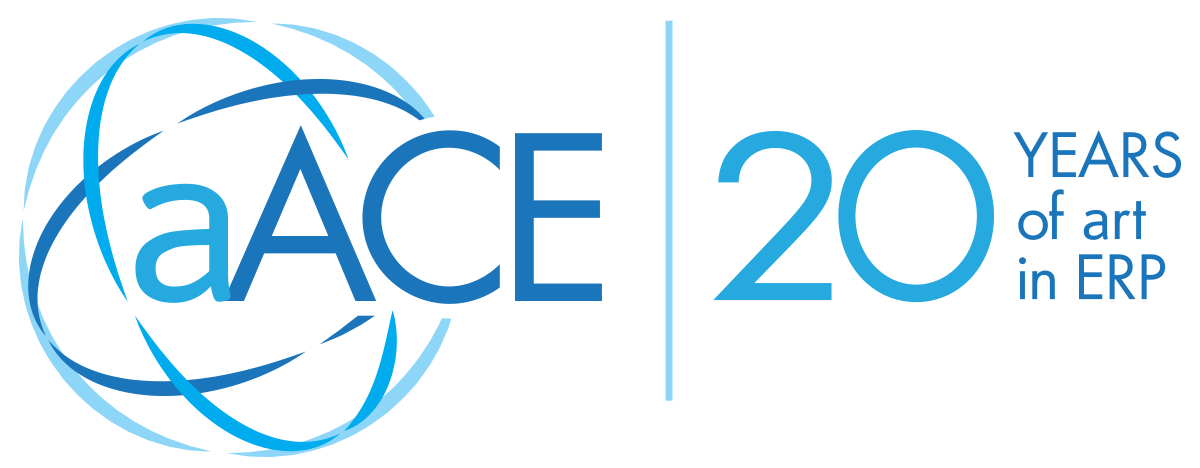Any small business can jump on the ecommerce bandwagon. There are abundant tools and services that make it easy to get started. However, just having a storefront online doesn't mean people will line up to give you money. Customers know there are other sellers they can find — any disruption to their purchasing mindset can shut down the sales process.
From Business.com, Kristen Gramigna explains 5 tips to make sure your ecommerce site entices customer engagement throughout the buying process:
1. Transparency - Nobody likes hidden fees. And nothing is more jarring to an online consumer than coming to the final screen and discovering that their purchase is going to cost more than they first thought — or rather, more than you first told them. It might seem that minimizing the initial price will make people more interested, and that's not wrong. But if you aren't up-front about all the costs involved with the transaction, it can make people suspicious or resentful instead. To get the best of both worlds, seek out ecommerce tools that will let you display the basic price, but also inform shoppers quickly about any additional charges.
2. Optimization - Nobody likes to sit around waiting, and that's especially true online. This poses a dilemma: Consumers want to see pictures of what they're buying, preferably in HD, from multiple angles, with close-ups; however, they don't want to cool their heels while those images display. Some research says you have a 2-second window before your potential customer decides that it's not worth the wait and they go somewhere else. It may take some ingenuity, but make sure that something starts showing up on your pages before one-Mississippi, two-Mississippi. For example, an ultra-light version of a product picture could display first, then be covered by a higher definition graphic. And if you're serious about the ecommerce thing, make sure that your online store responds well for mobile users too. More and more shoppers will be checking you out on their phone or tablet.
3. Hospitality - Everybody likes to be a respected guest. Shopping online, it turns out, is no exception. While it would be great to get contact information from every shopper, a significant number of people might not feel that your product is worth giving you money AND giving you their personal information. This is another judgment call of course. For a business that focuses on light manufacturing or other B2B sales, the contact info might be essential. But where it's possible, make sure the people visiting your site know that you respect their privacy so much that you won't ask them for info that isn't necessary. For details on the value of guest services, Gramigna draws on the exceptional research and advice of the Nielsen Norman Group.
4. Security - Everybody likes reassurance about security. You know about the encryption, certification, and expertise that makes your site secure, both for financial info and personally identifiable info. Take the extra step to ensure your customers know about it too. The news media have made us all very aware that hackers and viruses and scammers prowl the Web. A little logo from your security provider can go a long way to making people feel more comfortable about typing in their credit card number.
5. Background - Everybody likes a good origin story. Overall, these efforts to enhance your ecommerce site boil down to establishing trust, and it's much easier to trust someone when you know something about them. Contact information, of course, is important. It shows buyers that you're willing to be accountable if there are problems, to be responsive if there are questions. But even more, you can start to build a relationship with your customers by sharing your goals and values. And this feel-good isn't merely a feel-good; once again the Nielsen Norman Group provides research data to explain value-additive About Us pages.
If you're saying to yourself, "This could take some work," you're right. Going beyond the minimum ecommerce site requires more than the minimal effort. But it's a way to distinguish your small company from others. It's an investment in your growth.
To assist in this effort, aACE has built connections to major ecommerce services, including WooCommerce, Shopify, Magento, and Amazon. With our integrations, online transactions can funnel almost immediately to warehouse, then send an update as quickly as the order is fulfilled. Contact us today to learn more.










